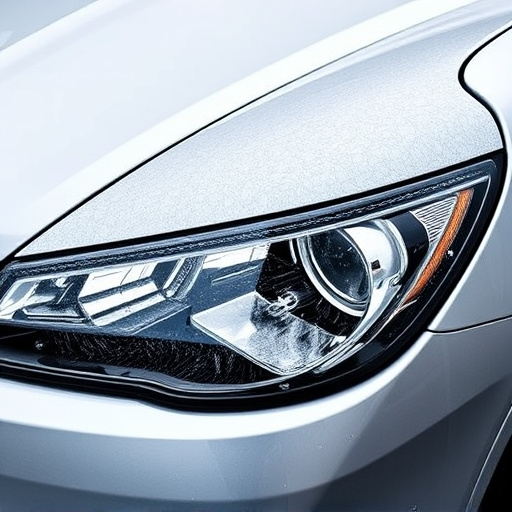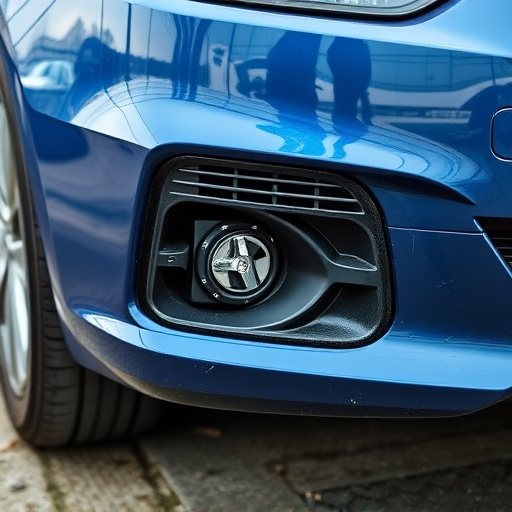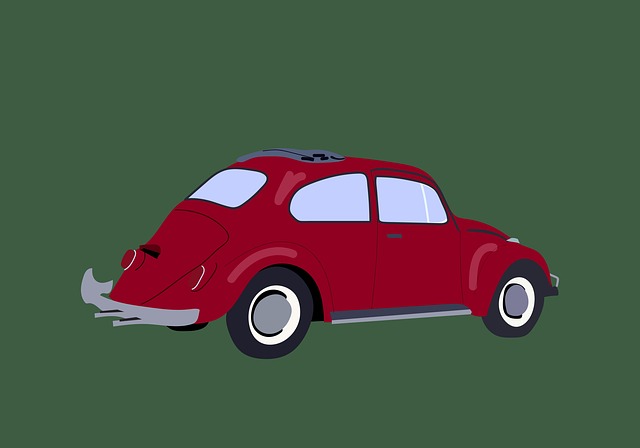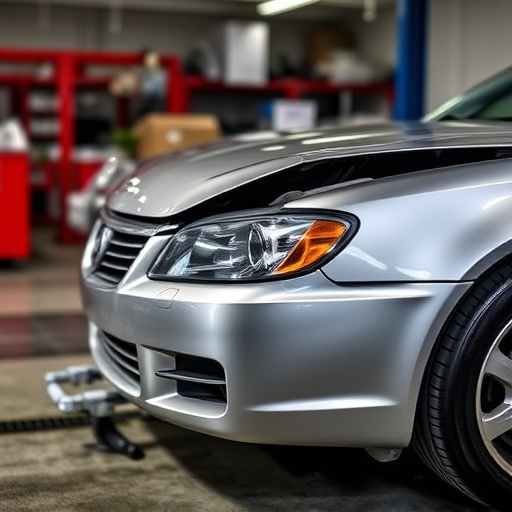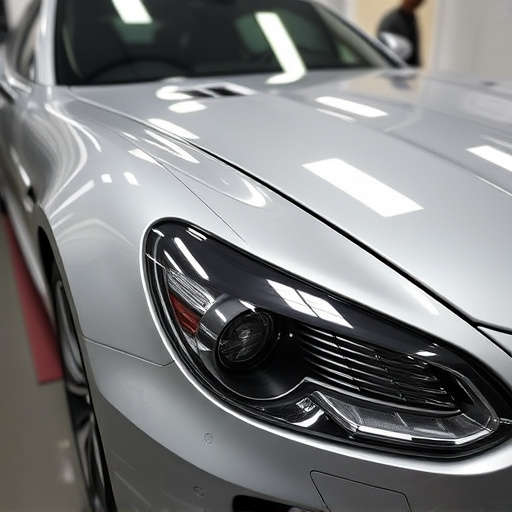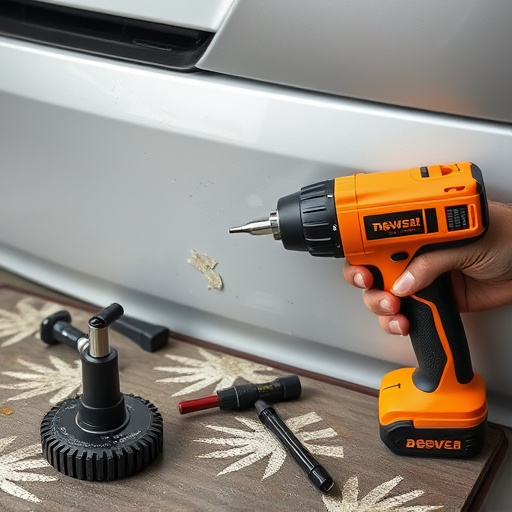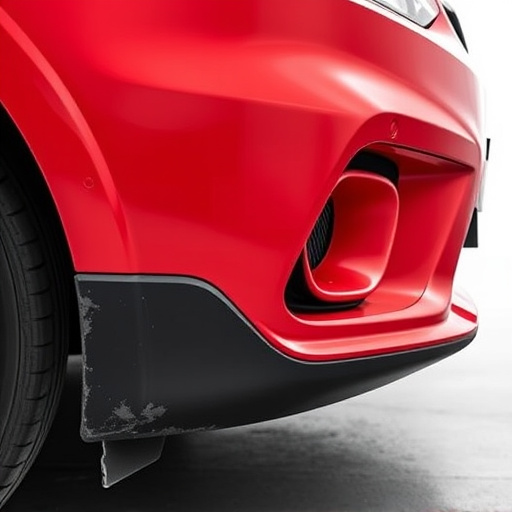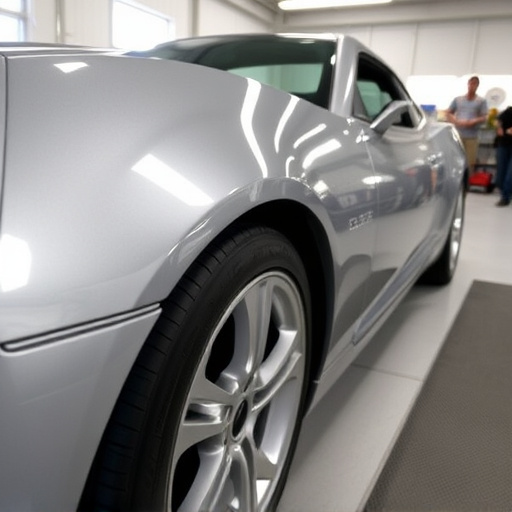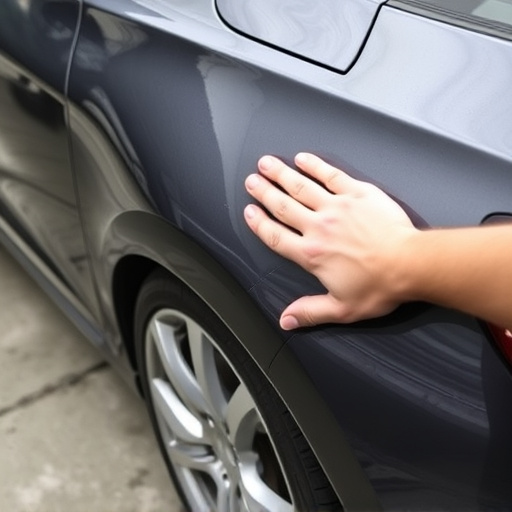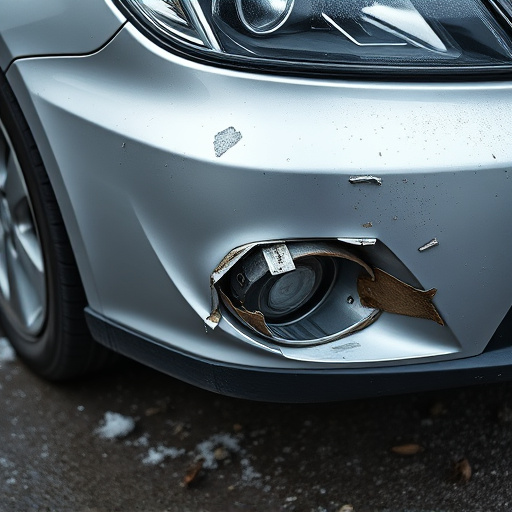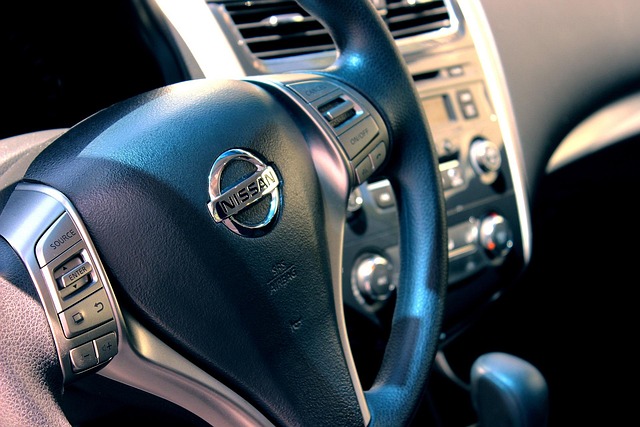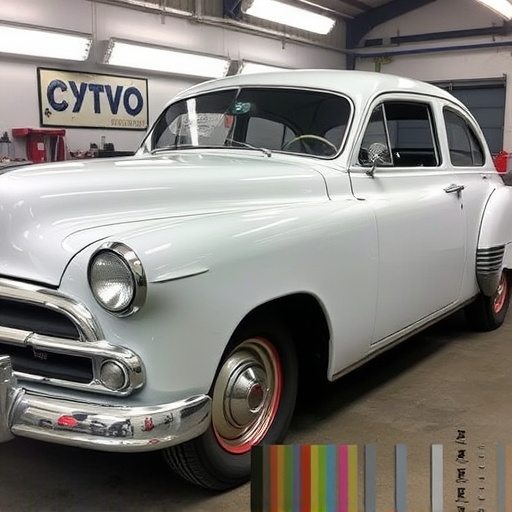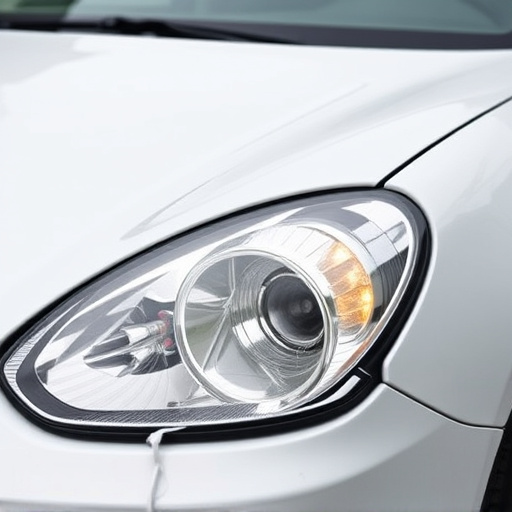Acting quickly after a storm is key for PDR (Paintless Dent Repair), which fixes minor hail damage without painting, saving time and money compared to collision repair. The best window for PDR treatment is within a week or two of the event, when metal is still pliable and evidence is fresh, allowing for faster insurance claims and preserving the vehicle's original finish.
“Unsure if and when to schedule PDR (Paintless Dent Repair) for hail damage? This guide breaks down everything you need to know. First, learn how to assess if your property has sustained hail damage and the urgency of taking action. Next, understand the PDR process specifically tailored for insurance claims. We’ll then delve into the optimal timing for efficient repairs, ensuring a swift and effective restoration.”
- Assessing Hail Damage: When to Act
- Understanding PDR Process for Claims
- Optimal Timing for Efficient Repairs
Assessing Hail Damage: When to Act
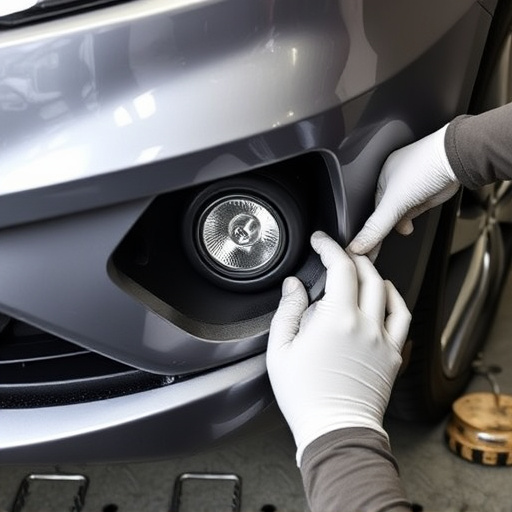
When it comes to assessing hail damage on vehicles, acting promptly is crucial. The moment you notice any signs of hail exposure, such as dents, dings, or cracks in the paintwork, it’s time to consider scheduling a PDR (Paintless Dent Repair) assessment. Time is of the essence because early intervention can prevent further damage and costly repairs. Delayed action might lead to more extensive issues that could complicate and increase the expenses related to what starts as seemingly minor hail damage.
The decision to proceed with PDR for hail damage evaluation should be guided by the extent of the damage. Minor dents and dings can often be effectively repaired using PDR techniques, which preserve the original factory finish and avoid the need for extensive automotive collision repair or car restoration work. This not only saves time and money but also ensures your vehicle retains its pre-damage value and appearance.
Understanding PDR Process for Claims
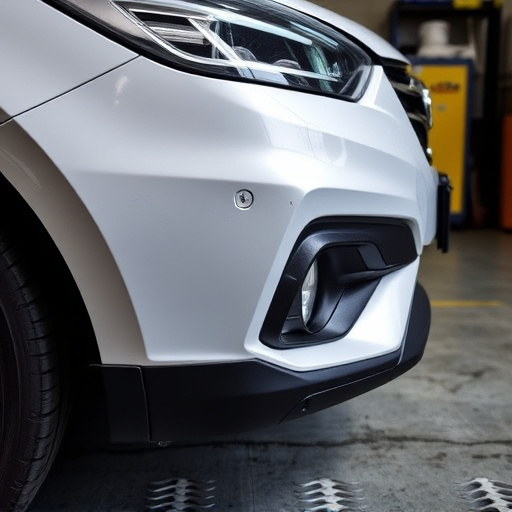
The Process of PDR for Hail Damage Claims
When it comes to handling hail damage on vehicles, Professional Detailing Repair (PDR) is a highly effective and cost-efficient solution. PDR involves a meticulous process where skilled technicians carefully assess and repair dents, scratches, and other damages caused by hailstorms without affecting the original paint or structure of the vehicle. This non-invasive method utilizes specialized tools to gently push out damaged areas back to their original form.
Understanding PDR allows insurance providers and car owners to make informed decisions. By opting for PDR for hail damage evaluation and repair, vehicle paint repair is preserved, ensuring the car’s aesthetic appeal and resale value remain intact. Moreover, compared to more intensive repairs or replacements, PDR offers quicker turnaround times and often involves fewer costs, including no need for tire services or auto glass replacement in many cases.
Optimal Timing for Efficient Repairs
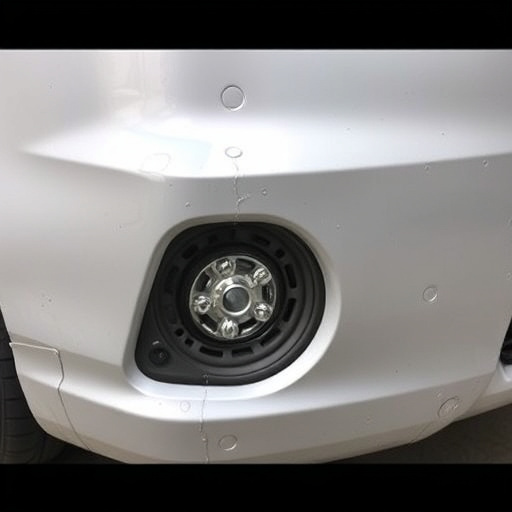
The optimal timing to schedule Paintless Dent Repair (PDR) for hail damage evaluation is immediately after the storm has passed and it’s safe to access your vehicle. Prompt action ensures that evidence of hail damage is still fresh, making it easier to accurately assess and document the extent of the damage. This timely intervention can significantly expedite the repair process.
Scheduling PDR within a week or two of the incident allows for efficient repairs since the metal is more pliable, preserving the vehicle’s original factory finish. It also ensures that you have adequate time to consult with insurance providers regarding claims and choose a reputable auto body repair shop offering PDR services, such as those specializing in car collision repair.
Scheduling PDR (Paintless Damage Repair) for hail damage evaluation is a strategic decision that can streamline the claims process and ensure efficient repairs. By understanding the optimal timing and the PDR process, policyholders can navigate their claims effectively. Act promptly when assessing hail damage to preserve evidence and facilitate faster, more cost-effective solutions, leveraging PDR’s non-intrusive nature for prompt restoration.
